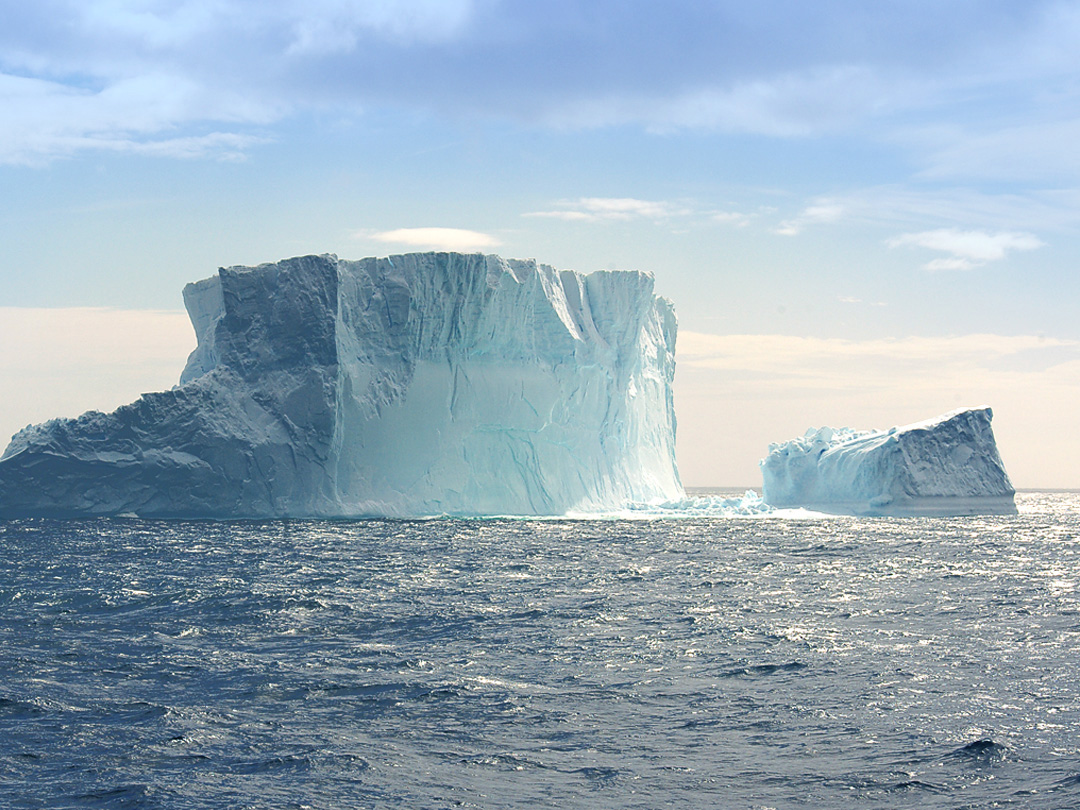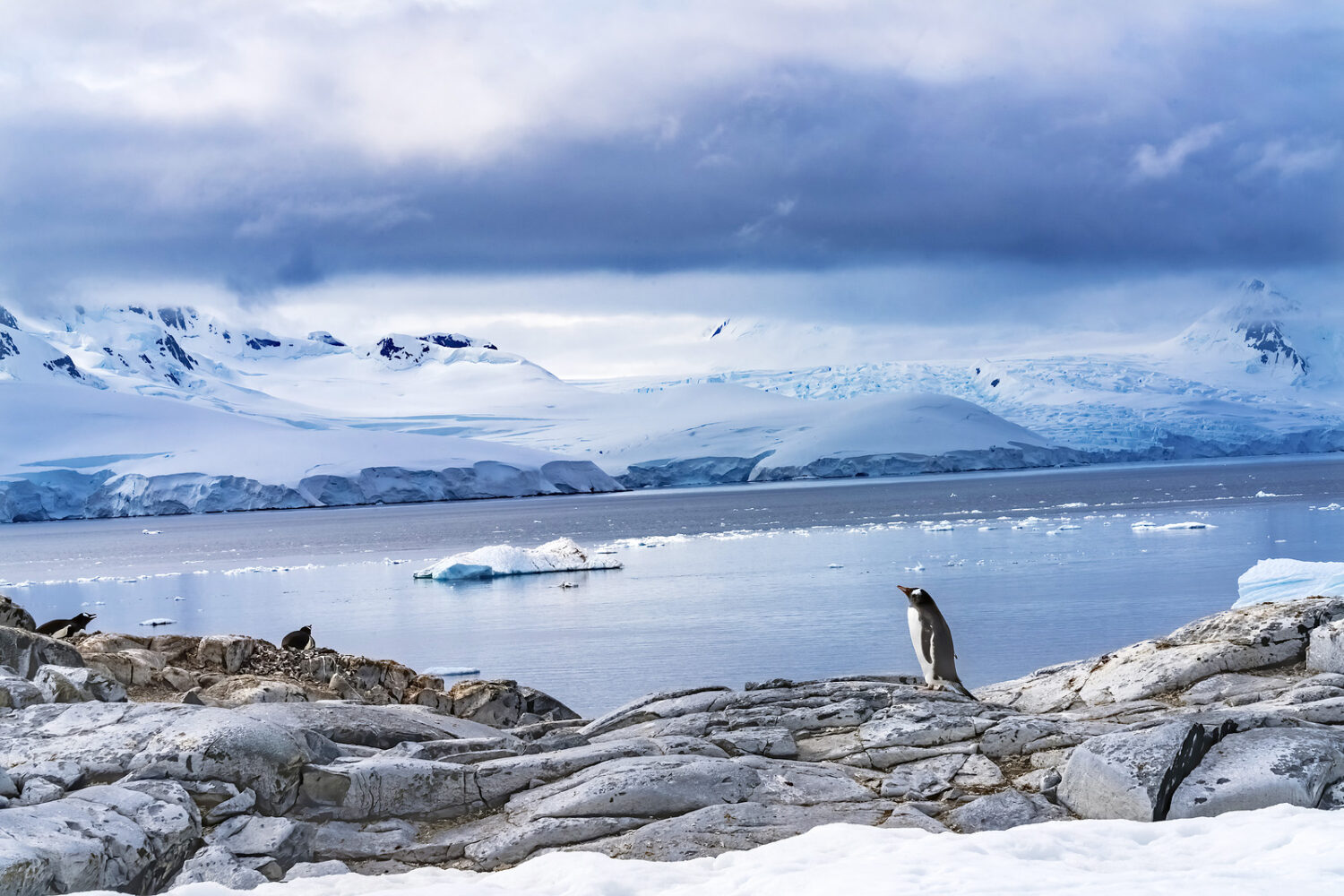BLAIR GARRETT


The emperor penguin is the tallest and heaviest of all living penguin species and is endemic to Antarctica. They live in massive groups and are expert divers, capable of diving up to 1,850 feet below the surface and staying submerged for over 20 minutes.
Deep in the arctic lies an experience bone-chillingly cold, seldom explored, and terrifyingly unforgiving. It is also unmistakably beautiful and enlightening to see the farthest corners of the world.
Antarctica is a destination that many wouldn’t consider for a vacation. The average temperature during the Antarctic summer (November to March) can vary dramatically, depending on your location. The South Pole typically doesn’t exceed -4 degrees Fahrenheit during its 24 hours of continuous light, but the Antarctic Peninsula can be a balmy 32 degrees Fahrenheit if you make your trip in December.
Because of the extreme climate, access to the continent is reserved for scientists for most of the year. During the winters, temperatures can plummet as low as -83 degrees Fahrenheit, freezing everything across a barren and icy landscape.
Winters locally welcome longer nighttime hours, colder temperatures, and the occasional snowstorms. Winters in Antarctica change the continent much in the same way, but to a much more extreme degree.
Travel during winter becomes extremely dangerous, and it’s treacherous enough that nearly all ships and flights cease activity until the sea ice surrounding Antarctica melts off. It is almost complete darkness 24 hours a day. Traditional routes via boat or plane have enormous challenges navigating the harsh climate.
Summer months in Antarctica change the landmass so drastically that the continent’s surrounding sea ice expands from 3 million square kilometers in summer to 18 million square kilometers in winter.
For that reason, ships have much greater access to the breadth of wildlife that flourishes during the Antarctic summer along the Antarctic Peninsula. On the peninsula, you can spot a variety of animals you likely wouldn’t see anywhere else. The blue whale, Earth’s largest-ever animal, can be found in the frigid coastal waters, along with humpback whales, and even orcas. There are also 15 species of penguins among the vast variety of wildlife, hunting and fishing the waters of the Antarctic Circle.
Organizing a trip to a once-in-a-lifetime destination like Antarctica can seem like a daunting task, but there are two methods most travelers use to experience one of the most unique journeys our planet has to offer.
While there are no commercial flights to the icy continent, there are plenty of private operators that fly from the southern tip of Chile to King George Island, which sits just off the coast of the Antarctic Peninsula. From there, boats are available to ferry visitors along some of the islands and destination spots along the Peninsula.
By far, the most popular travel route is by boat, though. Most visitors from North America fly to Buenos Aires, Argentina, and then take another flight to Ushuaia, colorfully nicknamed “the end of the world.”
Small cruise ships carry passengers from the southern tip of South America across the Drake Passage to reach the icy destination along the Antarctic coast. There are also longer term boat routes from New Zealand and Australia, but the trips typically last between three to four weeks and can, as a result, be tremendously more expensive. You do, however, get to come across some of the historic huts built during the world’s first expeditions to Antarctica. There are also active volcanoes, scientific bases, and a chance to see the largest penguins on earth, the Emperor Penguin.
Boats from Australia and New Zealand reach the eastern coast of Antarctica in about six days of consistent sailing, so stops along the way to surrounding islands and wildlife points of interest will extend your trip significantly. Interestingly enough, you don’t even need a visa to get to Antarctica since it’s not owned by any country, so it’s a choose-your-own-adventure with your crew once you reach the Antarctic Circle.
While expensive, there’s no substitute for the life-changing experience explorers have discovering our planet’s most unexplored region. You may want to stick to the coast, though, because the pilgrimage to some of central Antarctica’s plateaus and ice shelves have reached temperatures as low as -128 degrees Fahrenheit, and may have been even colder on the barren surface.
If you’re seriously considering making the journey, be sure to bring a nice camera and a warm coat, because the sights and wildlife are sure to provide you with a lifetime of memories.

